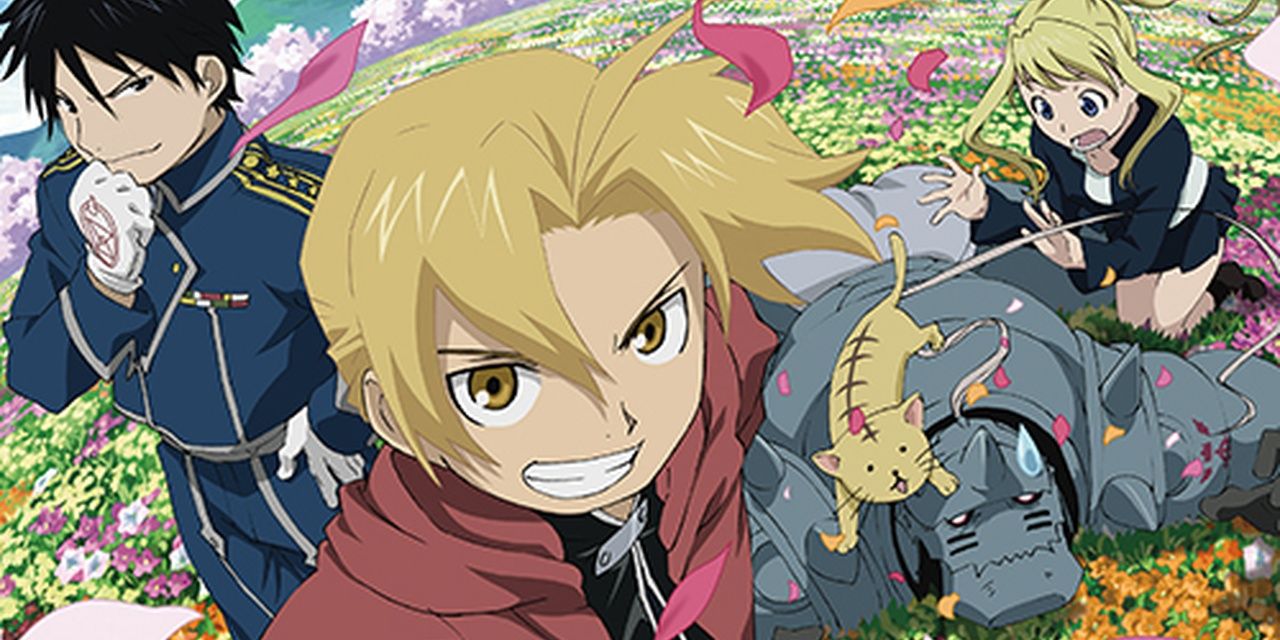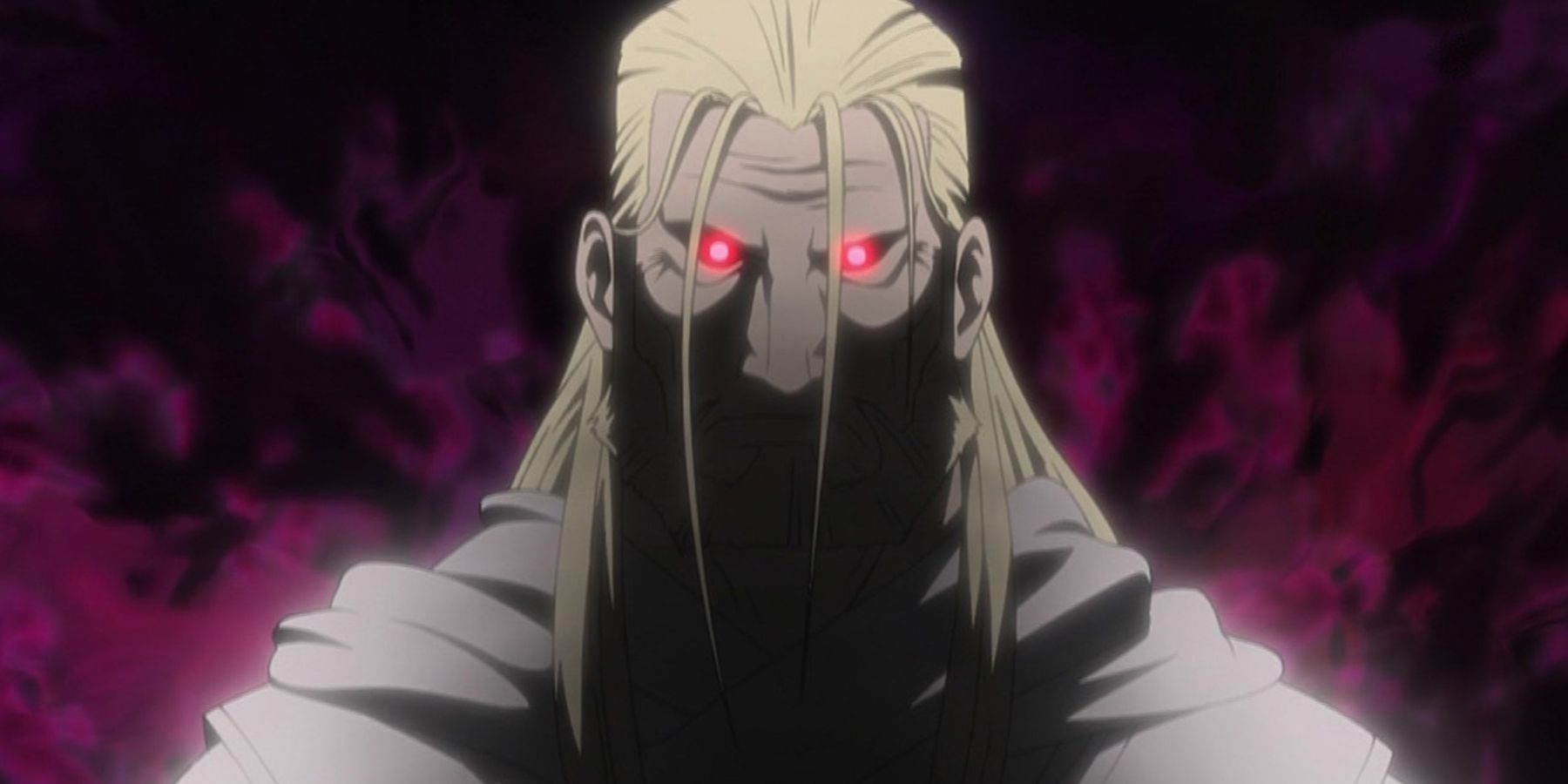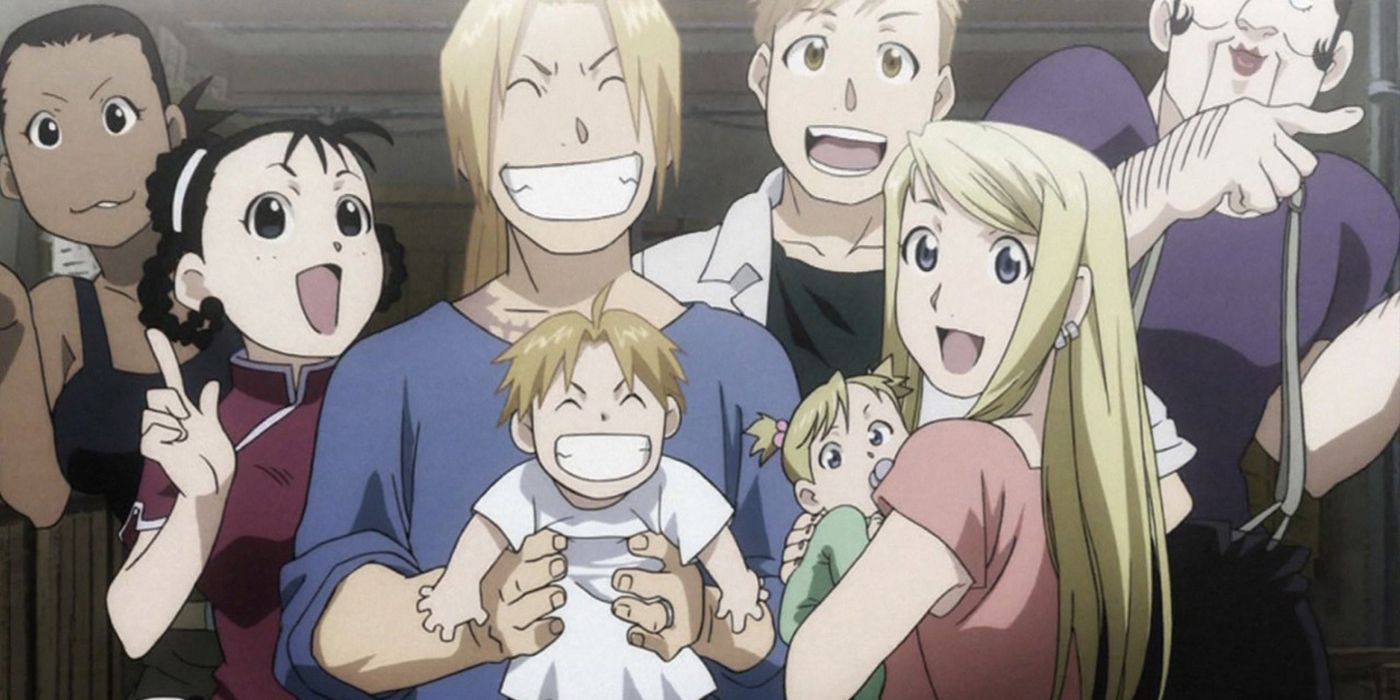Fullmetal Alchemist has earned widespread acclaim as one of the greatest manga and anime series ever created. Its gripping narrative follows the Elric Brothers, Edward and Alphonse, on their quest to reclaim their lost bodies. Little did they know that this journey would lead them into a profound conspiracy that jeopardizes the entire continent, capturing the hearts of audiences for years. Now, with two anime adaptations available, many fans wonder about the distinctions between Fullmetal Alchemist and Fullmetal Alchemist: Brotherhood.
Though both adaptations share the same foundation, there are significant differences between Fullmetal Alchemist and Fullmetal Alchemist: Brotherhood. For those eager to explore these captivating worlds, one adaptation adheres more closely to the original manga’s storyline, while the other delves deeper into concepts that were only briefly touched upon.
FMA: Brotherhood Is More Faithful to the Manga

The fundamental contrast between Fullmetal Alchemist and Brotherhood lies in their approach to adapting Hiromu Arakawa’s manga. When the first Fullmetal Alchemist series premiered in October 2003, it had only five volumes of the manga to draw from, with the sixth being released later that month. By the time the anime concluded in October 2004, the manga had reached eight volumes. Consequently, the animation studio, Bones, had to craft an ending based on just a fragment of the ultimately 27-volume manga.
On the other hand, Fullmetal Alchemist: Brotherhood’s final episode aired in sync with the release of the manga’s last chapter, signifying its intention to be a more faithful adaptation. Both series initially follow the events of the manga, up until the point of Maes Hughes’ death, before diverging into distinct narrative paths. Thus, it’s accurate to state that Fullmetal Alchemist, after episode 26, and Fullmetal Alchemist: Brotherhood, after episode 10, embark on entirely different storylines.
The original series takes creative liberties to expand events and characters, offering more time to explore figures like Barry the Chopper and Shou Tucker, allowing fans to gain deeper insights into their personalities. On the other hand, Brotherhood introduces these supporting antagonists at moments directly relevant to the plot. Notably, Rose undergoes the most significant changes in her character development, transforming from a minor character introduced early on to a crucial component of the villain Dante’s grand scheme. Her tragic fate sees her brutalized and turned into a vessel for Dante after obtaining the Philosopher’s Stone.
Additionally, even in the early episodes, the original series incorporates content not present in the manga. Characters like Russell and Fletcher Tringham are taken from the light novel “The Land of Sand” rather than the manga. Conversely, certain manga characters, such as Olivier Mira Armstrong, do not appear in the original anime. A common criticism of the original series is the lack of development and importance given to female characters like Winry and Riza, who are more like background characters and miss opportunities for substantial growth compared to their portrayals in Brotherhood.
The Role and Origin of Homunculi in FMA Vs. FMAB

In both anime adaptations, the Homunculi play a pivotal role as primary antagonists, but their creators and identities undergo significant changes between the two series. Each Homunculus is named after one of the seven deadly sins. Notably, Lust, Gluttony, and Envy remain relatively consistent in both versions, although Lust assumes a more prominent role as the primary antagonist in the original series, with an expanded presence. Conversely, Lust is the first to meet her demise in Brotherhood.
However, the major differences emerge with the characters of Pride, Wrath, Sloth, and Envy. In Brotherhood, Wrath is revealed to be Fuhrer Bradley, while Pride is his son. In contrast, the original anime portrays Bradley as Pride. Furthermore, in Fullmetal Alchemist, Wrath is depicted as a failed transmutation of Ed and Al’s mentor, Izumi, whereas Greed is created by Izumi’s mentor. One of the most startling disparities lies in Sloth’s identity, who, in the original anime, is shockingly revealed to be Ed and Al’s mother.
The creation of the Homunculi is also approached differently in the two series. In Brotherhood and the manga, all the Homunculi are brought into existence by Father, the true antagonist. On the other hand, in the original anime, a Homunculus is born from a failed human transmutation that is later rediscovered and given the name Dante. Additionally, in Fullmetal Alchemist, Ed and Al inadvertently create Sloth at the beginning of the story, while in Brotherhood, their attempt to re-alchemize their mother results in a monstrous being. Moreover, in the original series, the Homunculi are considered extra-vulnerable when they encounter remnants of their former human selves.
Among the many other minor distinctions, the most drastic one is the identity of the final villains. Dante and Father are both connected to Hohenheim, but their roles and origins diverge significantly. Dante is portrayed as a former immortal lover of Ed and Al’s father in the original anime, while Father is intrinsically tied to his identity as an alchemist and immortal in Brotherhood. Additionally, while Father creates the Homunculi in Brotherhood, Dante merely stumbles upon them in the original series. As the series progresses, their differing plans and motivations lead to a further divide in the overall plots of the two adaptations.

Undeniably, the biggest difference between FMA and FMAB is where each one ends. Brotherhood faithfully adapts the manga’s ending, tying up every plot point and character in a beautiful fashion. It feels organic, weaving in all the previously introduced elements of the story and providing natural closure.
The original, however, ends with its movie, Conqueror of Shamballa, which is bizarre, to say the least. The events of the film send Ed into an alternate dimension, where he tries to survive in what is essentially Nazi Germany. Sought and chased by alternate universe doppelgängers, the ending sees many of the characters scattered across dimensions. Greed takes on a new transformation, and the film even features a bizarre — and deeply unwelcome — cameo by Hitler.
The original anime’s ending rubbed many viewers the wrong way. That’s not to say the Fullmetal Alchemist anime is bad. It can be considered incomplete, in a way, or simply different from Fullmetal Alchemist: Brotherhood and the manga that inspired it.















Leave a Reply